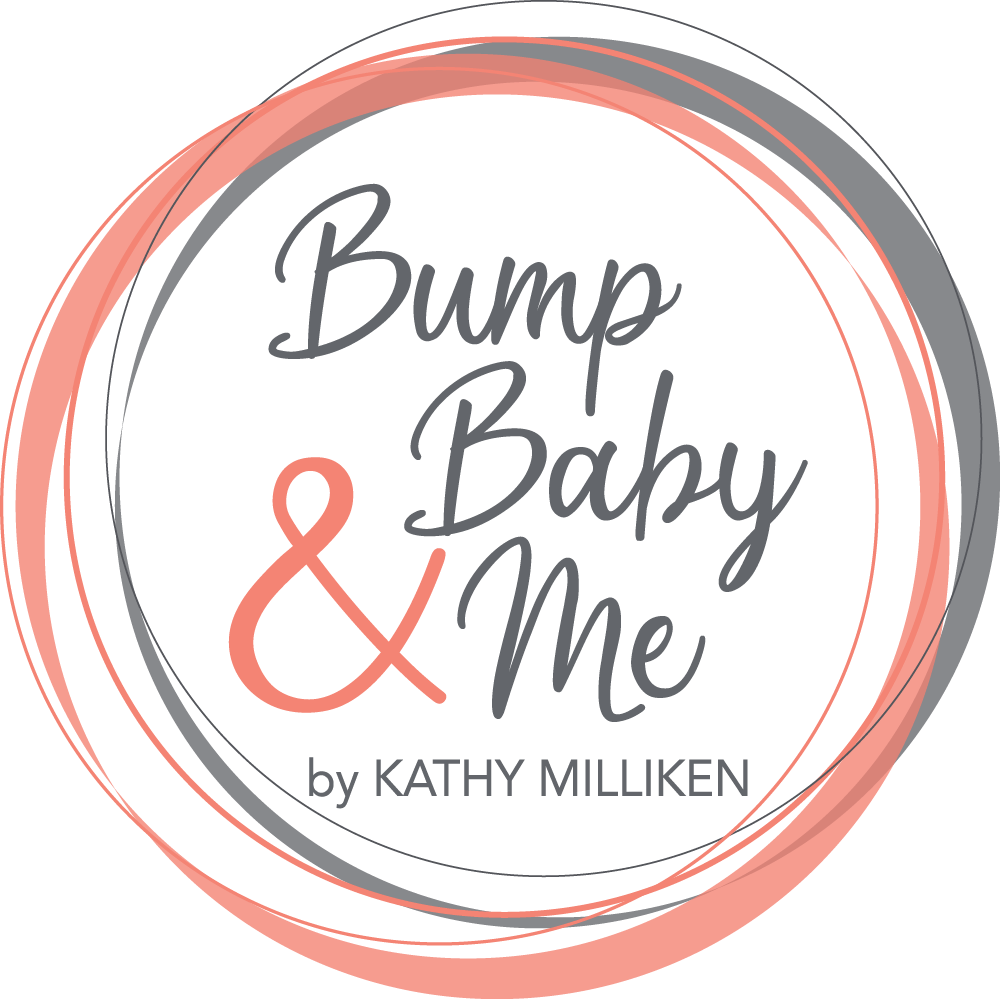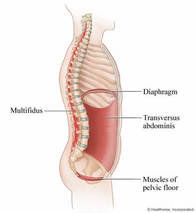Exercising after a Baby
When Can I Exercise After Having a Baby?
What Exercises should I do and what to consider beforehand?
Exercise after Baby
Following the birth of your gorgeous baby you will find yourself busier than you’ve ever been before. It’s a good type of busy though as the majority of your time will be spent with your newborn. Who knew how much time could be spent just staring at them… (As well as feeding them, changing them and trying to get them to sleep- all while trying to have a few sips of your luke-warm cuppa- but that’s a whole other blog post!)
During this really busy time it’s important to not forget about yourself and your needs. Getting a little time to yourself will improve your mental wellbeing and just give you that little bit of breathing space. Some women find getting out in the fresh air for a walk or doing a little exercise can really help with this and evidence shows us that doing physical exercise increases endorphins so after doing some (safe) movement you should find yourself feeling really good both physically and mentally!
Where to start?
Two things you can start soon after your baby is born, (whether you had a vaginal birth or caesarean birth) is Diaphragmatic Breathing and Pelvic Floor exercises (both these play a vital part in regaining abdominal strength).
As a busy society we tend to do a lot more ‘chest breathing’ than ‘belly (diaphragmatic) breathing’.
In my classes I talk about tuning out the noise of the day and bringing attention to the breath, gently deepening it without forcing it. The benefits of deep breathing are felt in so many ways.
Give it a go now if you can - For your next 5 breaths concentrate on slowing the breath down and filling the belly (lungs) with air (without straining) then slowly and completely exhale. You should feel your ribcage and belly expand on the inhale and then come back in on the exhale. If you can do this lying down with a hand on your belly, connecting your body to the floor even better. I tend to do this breath at bed time- it completely relaxes me and stops the ‘to-do lists’ floating around my head!
On the subject of stomach muscles- they go through quite a bit during pregnancy and birth don’t they? They will have stretched to accommodate your growing baby and most pregnancies experience ‘Diastasis Recti’ of some degree. This is the separation of the connective tissue between the rectus abdominal muscles and it really only becomes a concern if you have concerns like ‘doming’ after 8 weeks postpartum. What needs to be assessed here is not only the width but also the depth. Many women are not aware of this and that is why I recommend that women get a postnatal check with a Women’s Health Physiotherapist in the first few months postpartum.
Pelvic floor and diaphragmatic breath
Pelvic Floor Exercises work on contracting & relaxing the pelvic floor muscles. This pretty awesome ‘sling’ of muscle supports the weight of your pelvic organs, supported the weight of your baby during your pregnancy and they also act as a continence mechanism. Pregnancy and childbirth can weaken these muscles so it’s important to practice pelvic floor exercises during pregnancy and afterwards too. Looking after these muscles can help prevent continence issues like leaking when you run, jump, sneeze or cough and other issues like prolapse.
How do I know if I’m doing them right?
The best way to cue your pelvic floor muscles is to squeeze from your back passage (like you’re trying to hold in wind). Less is more at the beginning and by doing these squeezes gently while you are getting used to doing them again, there’s less chance that you will engage other muscles like abdominals or glutes. Relaxing your muscles completely (taking a breath or two will help) before each squeeze is really important also. Like anything, it’s just about making them part of your routine - like brushing your teeth. In fact doing them while brushing your teeth is as good a time as any to do them!
For maintaining pelvic floor strength you should look at doing 5 short holds and 5 long holds daily. If you are experiencing weakness and need to improve strength, aim to do 30. These can be broken up throughout the day to stop the muscles fatiguing. Ideally you want to be able to do these in standing (using gravity) but begin either lying on your back or in an upright-seated position and then progress to doing them while standing. When you get comfortable with this then you can incorporate try a ‘lift’ with your ‘squeeze’.
Remember no birth is the same, no woman’s recovery is the same, therefore improvements will be seen at different rates too.
Training and returning to sport after your baby - Slow and Steady wins the race!
For those of you who trained in a gym or in a certain sport before or during your pregnancy, ease yourself back into it. If you are breastfeeding you will still have the hormone Relaxin in your body and this can cause some instability. Factor in those sleep deprived nights (hello stress hormones!) and you’ve got quite a lot to deal with so be gentle with yourself and your body.
Certain exercises you may have done before may cause unnecessary pressure on your pelvic floor and cause your tummy to dome. These should be avoided until you visit a Women’s Health Physiotherapist and consult with a PT qualified and experienced in training postnatal women. Knowing where you are at physically is in fact really empowering as it allows you to start your postnatal training journey off in a safe and effective way.
MumFit at Performance Therapy Ireland
Our ethos in MumFit , our Postnatal Strength & Fitness course run from Performance Therapy Ireland, is ‘Take your time. If you are consistent and have patience with your body the results come’
Your body has gone through so much change growing and birthing a baby. It’s not the same, but this doesn’t have to be seen as a negative. Plenty of women get fitter or stronger than they’ve ever been after having a baby- It’s all possible, just ensure you get the correct guidance.
If you have any physical concerns or are unsure how to start back exercising postnatally, get in touch with a Women’s Health Physio or a PT qualified in Pre/Postnatal Fitness.
Remember, along with caring for your gorgeous baby it is so, so important to practice some self-care too.
Have questions? Check out our MumFit Course and speak to us about getting your postnatal fitness journey started off the right way!
Kathy


